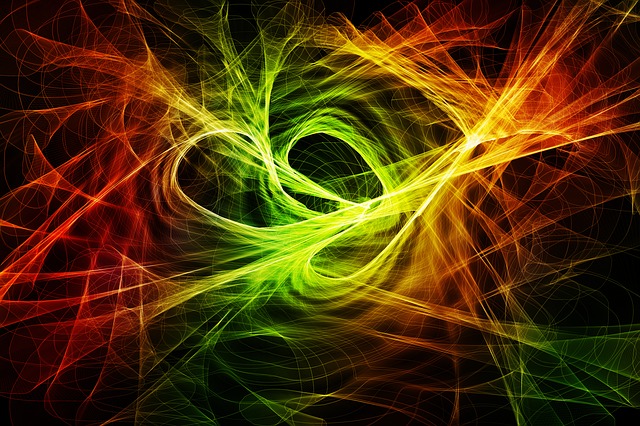
Discoveries are made every day, and while many are somehow interesting (because there’s just something intriguing about new discoveries), others are downright spectacular that the scientific world can’t help but get overly excited about the possibilities the new information opens up.
Such is the feeling that’s presently prevailing at the LHC (Large Hadron Collider) — CERN’s latest and most powerful particle accelerator. To put it simply, a particle accelerator does exactly what its name says — it forces particles to move at extremely high speeds (close to the speed of light) and collide with each other. This, in turn, releases energy that’s powerful enough to break up matter into its basic components — gluons and quarks.
If the term particle accelerator sounds kind of familiar, it’s probably because you’ve been watching the TV series – “The Flash”. The explosion of the particle accelerator basically created ‘the Flash’ and all other ‘meta-humans’ (humans with extraordinary abilities) running around in Central City. But of course, that’s the science fiction part of what the particle accelerator can do. In real life, a perfectly working particle accelerator does real helpful and eye-opening stuff.
According to a paper published by the Cornell University Library, the collaborative LHCb (Large Haron Collider beauty experiment) has just announced the discovery of a new system of not one, not two, not even three — but five particles all at once in just one analysis. This was made possible by the specialized capabilities of the LHCb to accurately recognize different kinds of particles, and the extensive datasets previously collected during the first two runs of the LHC. Combining these two factors has resulted in this conclusive discovery, meaning, there’s no way it’s just a fluke.
All of the five particles were found to be excited states of a particle known as Omega-c-zero (Ωc0). Being in an excited state means that the particle is at a higher energy state than its normal or ground state. Omega-c-zero is referred to as a baryon — a particle with three quarks.
The particle states follow the standard convention of naming — Ωc(3000)0, Ωc(3050)0, Ωc(3066)0, Ωc(3090)0 and Ωc(3119)0, with the numbers in parenthesis indicating how much mass in megaelectronvolts (MeV) each particle has.
Identifying these new particles is only a beginning. Next, the scientists will have to discover other statistics and figures that characterize them. More importantly, they will have to find out what the significance of these particles are and ultimately, what their roles are in our physical universe and maybe the quantum world as well.
The LHC is acknowledged as the biggest international scientific collaboration to date, with over 10,000 scientists and engineers from about 85 different countries working together to figure out the fundamental properties of physics. So far, they’ve discovered a number of new particles, new proof about matter-antimatter assymetry, the Higgs Boson, and even evidence that can potentially debunk paranormal existence. And there’s more coming.
LHC’s future plans include discovering more new particles that can possibly help demystify some of the world’s biggest and oldest secrets such as those that relate to the origin of our universe (the Big Bang), dark matter (or maybe anti-matter), parallel worlds and all that quantum weirdness.
Disclaimer: This page contains affiliate links. If you choose to make a purchase after clicking a link, we may receive a commission at no additional cost to you. Thank you for your support!




Leave a Reply